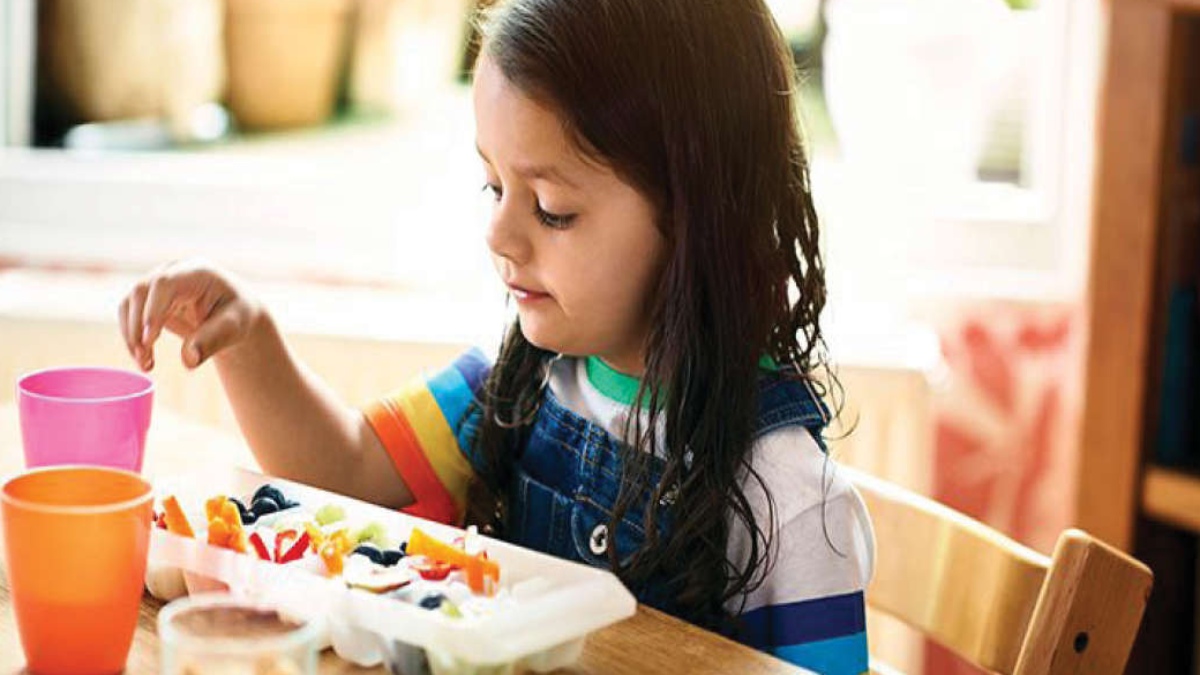When kids sit down to eat lunch at school, fruits and vegetables may not be their first choice. But with more time at the lunch table, they are more likely to pick up those healthy foods, a new study suggested.
The findings of the study were published in the journal ‘JAMA Network Open’. According to research from the University of Illinois, if we want to improve children’s nutrition and health, ensuring longer school lunch breaks can help achieve those goals.
“Ten minutes of seated lunchtime or less is quite common. Scheduled lunchtime maybe longer, but students have to wait in line to get their food. And sometimes lunch periods are shared with recess. This means the amount of time children actually have to eat their meals is much less than the scheduled time,” said Melissa Pflugh Prescott, assistant professor in the Department of Food Science and Human Nutrition at U of I.
Prescott and study co-authors Xanna Burg, Jessica Metcalfe, and Brenna Ellison compared fruits and vegetable consumption during 10 and 20 minutes of seated lunchtime, and the results were clear. “During shorter lunch periods, children ate significantly less of the fruit and vegetable parts of their meal, while there was no significant difference in the amount of beverages or entrees they consumed. It makes sense that you might eat the part of the meal you look forward to first, and if there’s enough time left you might go towards the other parts. But if there’s not enough time those items suffer, and they tend to be fruits and vegetables,” Prescott explained.
This particularly impacts children from low-income families who participate in the National School Lunch Program and who may not have the resources to bring their own lunch from home to avoid lunch line wait times, she added.
Prescott and her colleagues conducted the study with elementary- and middle school-aged children enrolled in a summer camp on the University of Illinois campus. The researchers set up the lunch area as a school cafeteria where students would go through the lunch line and select their food. They prepared the meals according to National School Lunch Program guidelines.
“We tried to make this as comparable to everyday school as possible. We worked with the local school district and used the same food distributors as they did, and we selected the menu items based on the local public school menu,” Prescott explained.
Each day was randomly assigned to be either a short or a long lunch day. Each short lunch day was paired with a long lunch day featuring an identical menu. The researchers wanted to rule out that food types served would create any differences in what the children ate.
Research assistants took a picture of each tray as the children exited the lunch line. They monitored the time from the children sat down until they were done eating, and observed behaviour throughout the meal, including any food sharing, interaction with peers, and phone use.
After the lunch period was over, the children placed their tray with any leftovers on a rack and filled out a two-question survey about the taste and appearance of their meal. The researchers measured all servings before and after the meal to obtain an estimate of how much each child ate.
While fruits were consumed at an overall higher rate than vegetables, consumption of both food types was significantly higher for longer seated lunchtimes, Prescott said.























